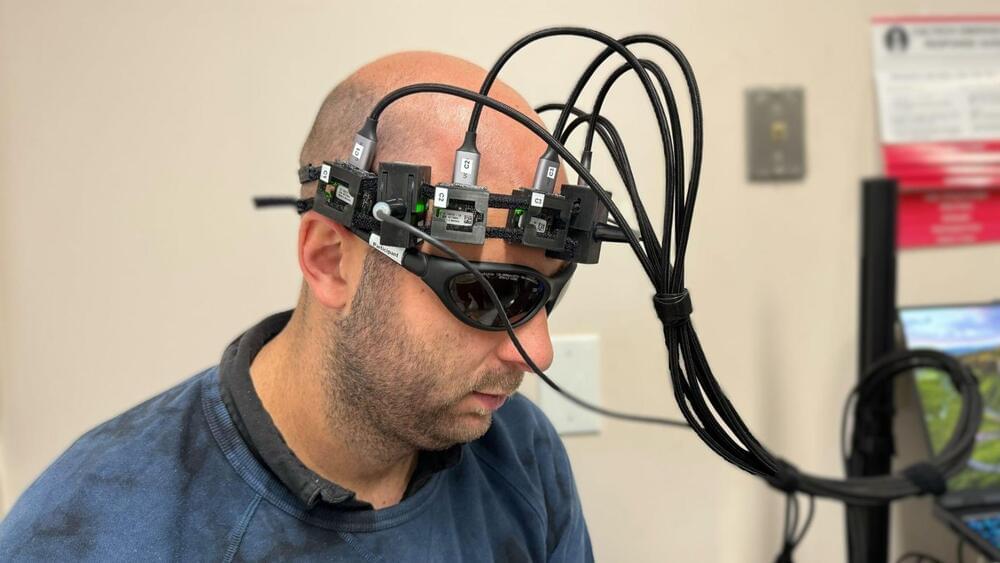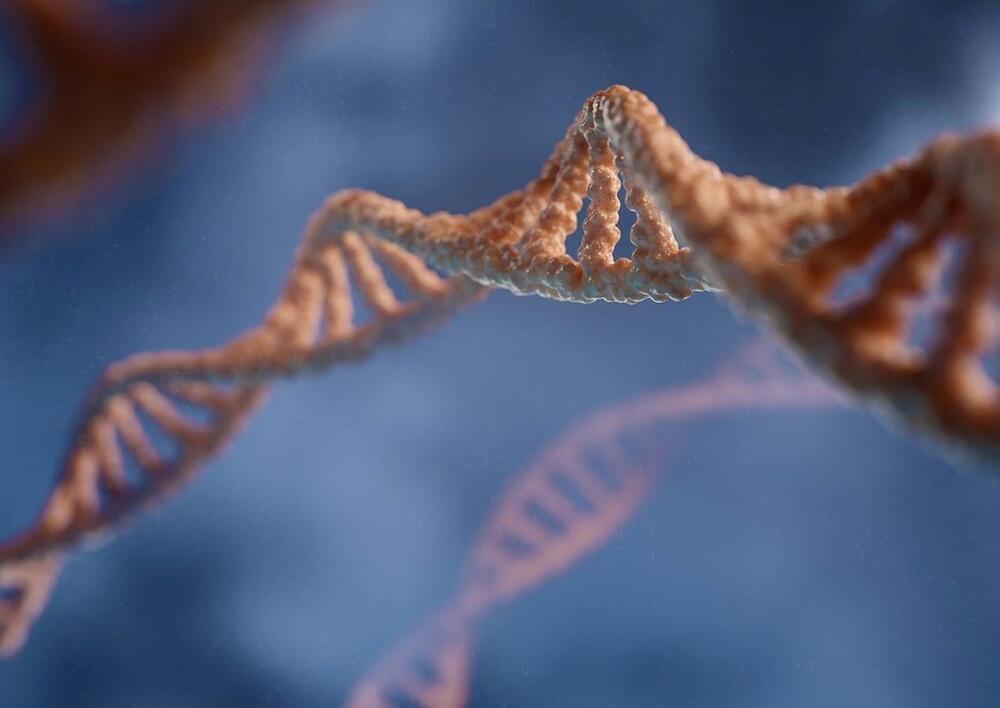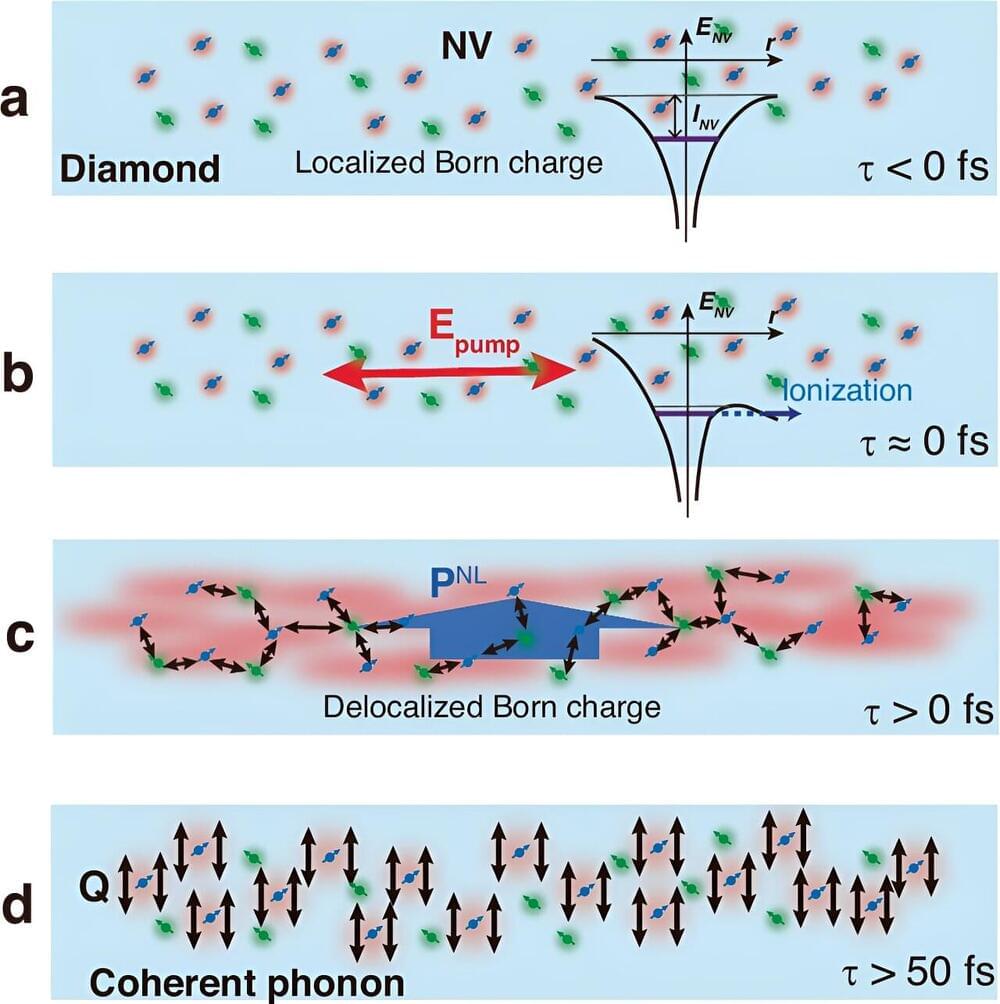“A man, who originally came from Iran, shook the hand of Hezbollah leader Hassan Nasrallah and managed to smear a substance on him that allowed Israel to track him, according to a media report quoting sources.”
(MENAFN- IANS) Beirut, Sep 30 (IANS) A man, who originally came from Iran, shook the hand of Hezbollah leader Hassan Nasrallah and managed to smear a substance on him that allowed Israel to track him, according to a media report quoting sources.
Due to the fact that the body of the Hezbollah leader was exhumed intact, there are increasing estimates that Nasrallah died as a result of suffocation, in great agony, as reported on Sunday evening by channel 12 News.
It was also reported that as he was in a place without ventilation, the Air Force bombings resulted in gases entering the room, causing him to suffocate to death, Saudi Al Hadath news channel reported.









